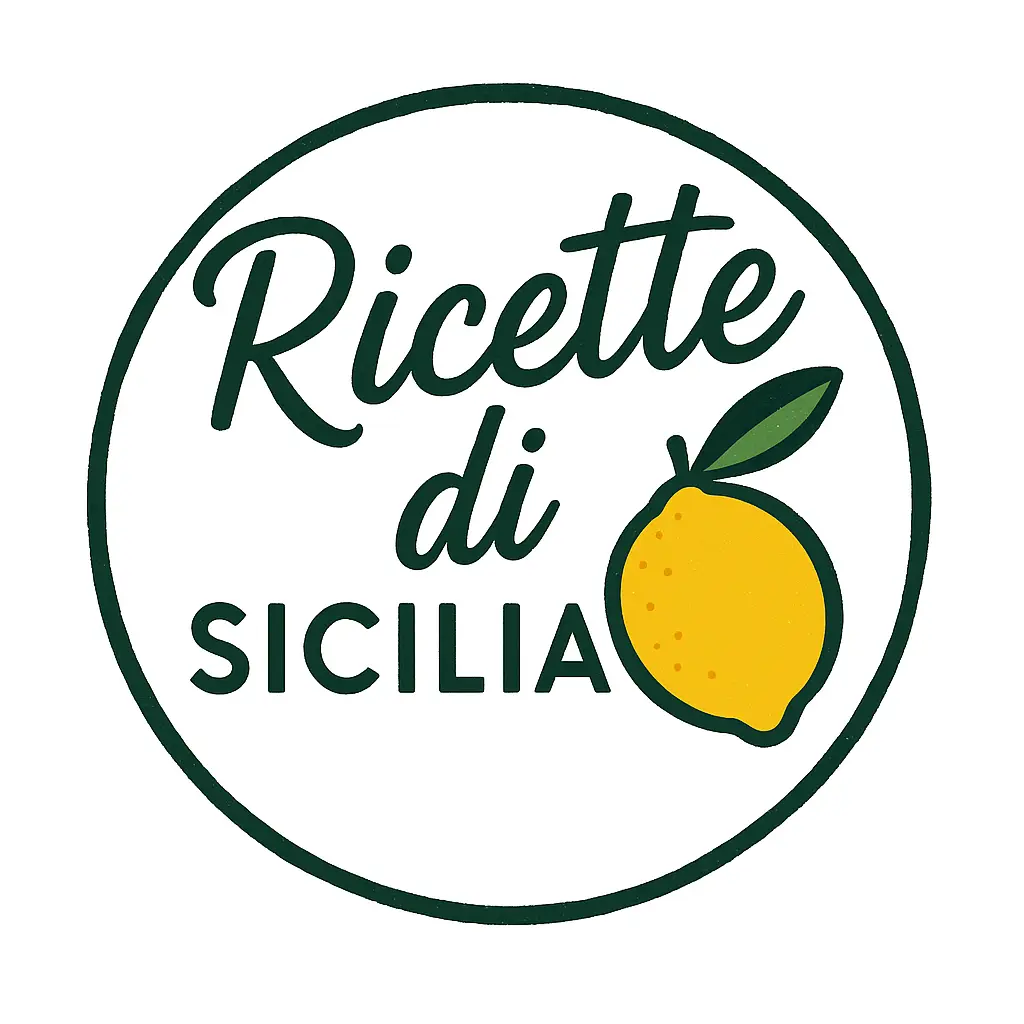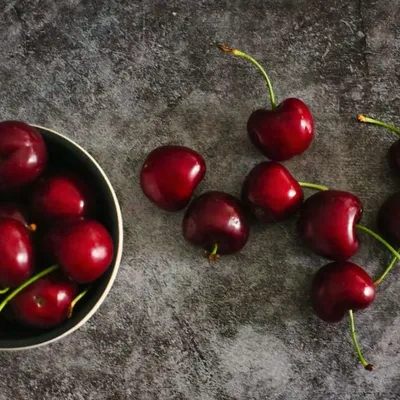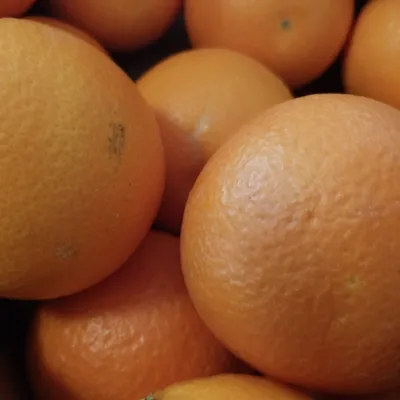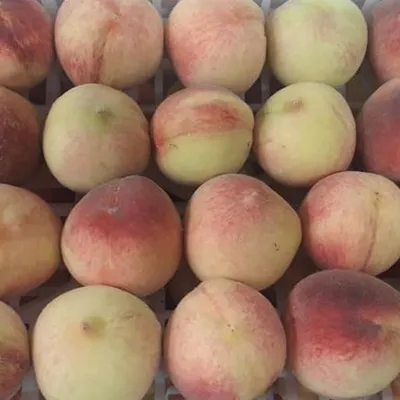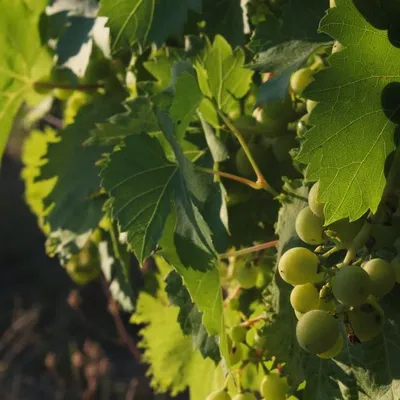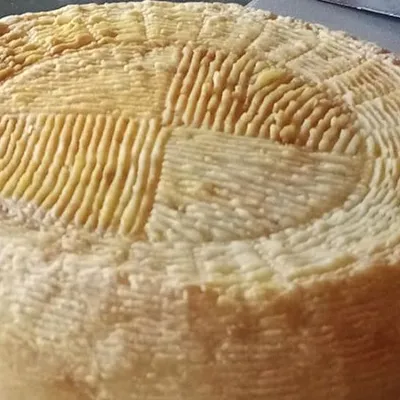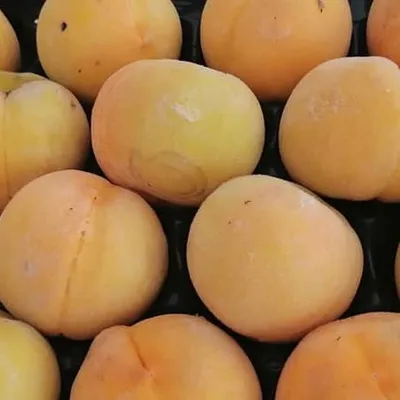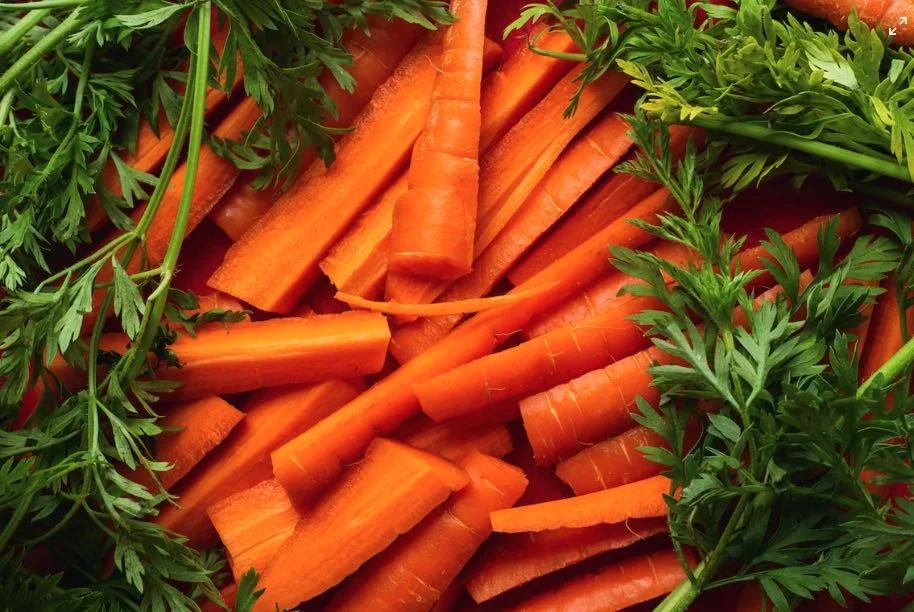
Today we move to the province of Ragusa, specifically in the territory of Ispica, about thirty kilometers from the provincial capital, to learn about the Ispica Carrot PGI.
The municipality of Ispica, in addition to being a contender to enter the ranks of the Late Baroque Cities of the Val di Noto, can in fact boast the PGI (Protected Geographical Indication) mark of its most famous produce, the Ispica Carrot PGI.
This is a carrot with an extremely tender flesh and a fragrance that reveals the intense presence of the herbs cultivated in the area.
Appearance of the Carrot
The vegetable, whose nomenclature is Daucus Carota, is a herbaceous plant (with a non-woody stem) that belongs to the Apiaceae family.
It is therefore a close relative of wild fennel and parsley.
In fact, like these two, it was originally a spontaneous and invasive plant, which finds its ideal environment in sunny and rocky areas.
The carrot plant produces a tangle of leaves and branches, and as the seasons pass, small white flowers and then fruits covered in spines grow on them.
However, what reaches our tables, being a vegetable, is clearly the root, of a cylindrical shape, which has now taken on the name of the entire plant. The most common characteristic of which is inevitably the orange color.
Purple is the New Orange
But what if we told you that the carrot hasn’t always been orange?
You understood correctly: the root, which likely originated in the region of present-day Afghanistan, actually had a distinctive purple color, very different from what we expect from a carrot today.
In fact, there are still purple carrot varieties present today, even in Italy and more precisely in Puglia.
The carrot, still in its original hue, arrived in Europe in the 12th century, thanks to the Arabs who began cultivating it on the Iberian Peninsula. Subsequently, its production spread throughout Europe, including across the English Channel and in Flanders.
In the latter region, in particular, we find depictions of market scenes where we can admire purple vegetables, at least until the 16th century.
In Flemish paintings a century later, however, the purple carrots have given way to the orange ones.
William of Orange and the Carrot
It was precisely at the turn of the two centuries that the revolt against Spanish rule took place in the United Provinces. This ended in 1568 with the independence of the region.
This movement for independence was led by the House of Orange, whose patriarch was William.
According to legend, it was precisely to honor the House (which still reigns over the Netherlands) that the earth decided to transform the color of the vegetable from purple to orange.
The legend would actually correspond to a rather fortuitous spontaneous mutation.
According to other sources, however, it was a political graft, desired by the farmers. They managed to transform not only the flavor, now less bitter, but also the color.
Orange also became the symbol of an entire nation (whose athletes still wear the orange jersey).
Diffusion of the Carrot
Today, the carrot is one of the most known and purchased vegetables, not only because it is a protagonist in various recipes, but it is also used in the production of liqueurs and cosmetic products, thanks to the presence of beta-carotene which, according to studies, also promotes tanning.
The world’s largest producer is inevitably China, followed by Uzbekistan and the United States.
The Ispica Carrot PGI
This particular variety of vegetable, however, has a rather short history, as it arrived in the Ragusa area only in the 1950s.
However, within a few years, the brand gained great notoriety, so much so that according to various sources, European importers immediately recognized its arrival on the market stalls thanks to its distinctive aroma.
But that’s not all, the Ispica Carrot PGI is also recognizable thanks to its shiny and intense orange exterior, as well as the tenderness of the flesh, counterbalanced by a fibrous interior, which makes the tasting experience of this specialty absolutely unique.
The Ispica Carrot PGI: The Advantage of Early Harvesting
However, perhaps the most distinctive feature of the Ispica Carrot PGI, and the one that determines its success, is its harvesting period.
The carrot reaches maturity as early as February, and for this reason it is defined as “novella” (baby). This is due to the climate of the Ispica area, which is probably the sunniest in Italy and is characterized by a mild winter that favors its precocity.
Obviously, the uniqueness of the soils of an area that touches four provinces (Ragusa, Siracusa, Catania and Caltanissetta) also plays a major role. Certainly, the local climate is the strong point of the area’s agricultural production.
Uses of the Ispica Carrot PGI
After the harvest, which as mentioned begins right after Valentine’s Day and lasts until the beginning of summer, this excellence is sold in markets throughout Europe.
It is recognizable, in addition to the aforementioned characteristics, also by the PGI mark obtained in 2011.
The best way to fully appreciate its taste would be to eat it raw or steamed. It is also true that the Ispica Carrot PGI lends itself to use in various recipes of Sicilian traditional cuisine, such as in the stemperata sauce or in the ciaki ciuka, but also in the production of jams.
Fun Facts
As already widely recounted, the carrot was originally purple and became what we know in the Netherlands.
But this is not the only curiosity about this plant, which seems to have aphrodisiac properties, particularly by increasing male fertility.
Moreover, a legend has it that if you pick a carrot flower on a full moon night, this will favor conception. Initially used as fodder, it found its way into the kitchen thanks to the brilliant intuition of Catherine de’ Medici.
